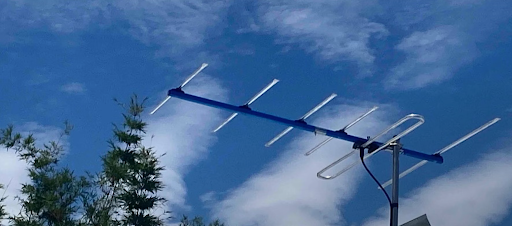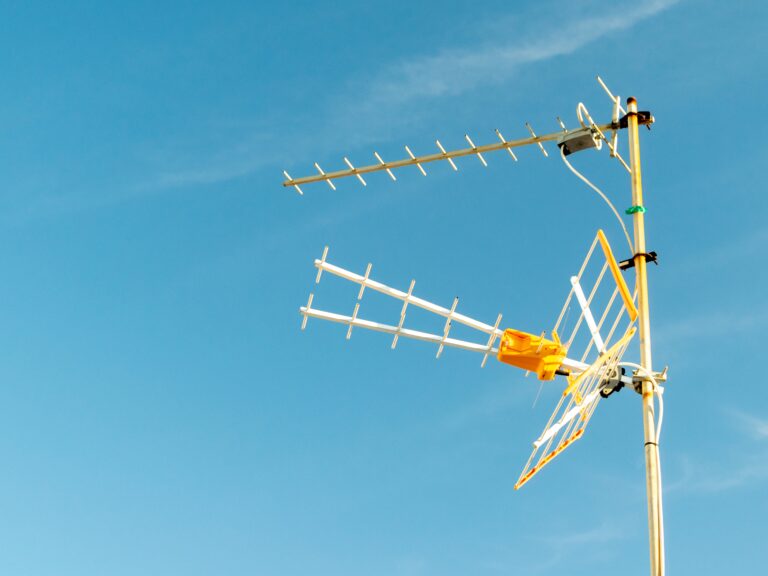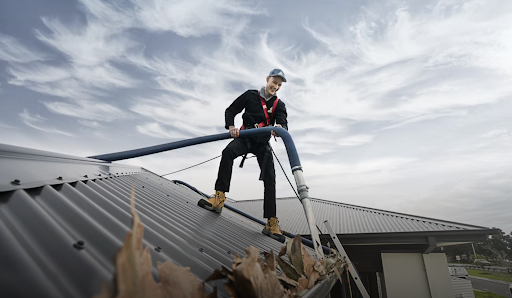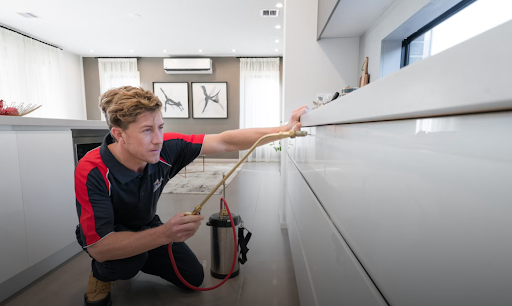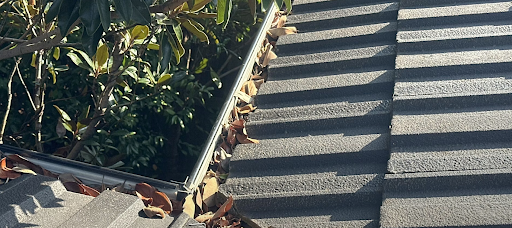Indoor vs Outdoor TV Antenna: Which One is Best for Your Home and Family?
When it comes to watching free-to-air TV in Australia, one thing makes all the difference: your TV antenna. A good antenna means crystal-clear reception, while a poor choice often results in fuzzy screens, missing channels, or frustrating signal drops.
But here’s the big question most homeowners ask: Should I go for an indoor TV antenna or an outdoor TV antenna?
The answer depends on where you live, the signal strength in your area, and the setup of your home. Let’s dive into the differences between indoor and outdoor antennas, compare their benefits, and help you figure out what works best for your situation.
Indoor TV Antennas
An indoor TV antenna sits inside your home, usually near your TV. They’re compact, affordable, and easy to install – just plug it in and place it near a window or high spot.
Benefits of Indoor TV Antennas:
- Simple installation – no drilling, climbing, or outdoor mounting.
- Portable – you can move it around to test where reception is strongest.
- Budget-friendly – indoor antennas are often cheaper than outdoor ones.
- Great for apartments – perfect if you’re renting or don’t have roof access.
Challenges with Indoor TV Antennas:
- Signal interference – walls, furniture, and even weather can weaken the signal.
- Not ideal in weak reception areas – if your area already struggles with digital signals, an indoor antenna may not perform well.
- Fewer channels – compared to outdoor antennas, you may miss out on some free-to-air stations.
If you live close to TV broadcast towers, you may find that a good indoor TV antenna works perfectly. Many modern digital TV antennas designed for indoor use are sleek and powerful, so they can deliver decent reception in metro areas.
Outdoor TV Antennas
An outdoor TV antenna is installed on your roof or an exterior wall. Because it’s outside, it usually provides stronger and more stable reception compared to an indoor antenna.
Benefits of Outdoor TV Antennas:
- Better antenna reception – outdoor antennas pick up stronger signals with fewer obstructions.
- Wider coverage – can capture more channels, including weaker ones.
- Stable performance – less affected by interference from walls or indoor electronics.
- Durability – outdoor antennas are built to withstand harsh Aussie weather.
Challenges with Outdoor TV Antennas:
- Installation is harder – usually requires a professional antenna installer.
- Higher cost upfront – both the antenna and installation are pricier than indoor options.
- Permanent setup – not as flexible as portable indoor antennas.
If you live in suburban or rural areas where signals can be weaker, an outdoor antenna is almost always the better choice.
Indoor vs Outdoor TV Antenna: The Comparison
To make things easier, here’s a side-by-side comparison:
| Feature | Indoor TV Antenna | Outdoor TV Antenna |
|---|---|---|
| Installation | Easy, DIY setup | Professional installation |
| Cost | Cheaper upfront | Higher investment |
| Reception strength | Average in metro areas | Strong, even in rural areas |
| Durability | Not weatherproof | Built for outdoor conditions |
| Flexibility | Portable, can move around | Fixed once installed |
| Best for | Apartments, renters, city homes | Suburban/rural homes, homeowners |
What is the Best TV Antenna for You?
The truth is, the best TV antenna depends on your location and needs.
- If you’re in a city with strong signals, a digital indoor TV antenna may be enough. Look for models marketed as a good indoor TV antenna that can handle digital signals with minimal interference.
- If you’re in a regional or rural area, or simply want the most reliable reception, an outdoor TV antenna is the smarter investment. It delivers better antenna reception and more channels in the long run.
Tips for Getting the Best Reception
Regardless of whether you choose indoor or outdoor, here are a few tips to improve your TV reception:
- Placement matters – For indoor antennas, place it near a window and away from thick walls or electronics.
- Height is key – The higher the antenna, the stronger the signal. Outdoor antennas work best on rooftops.
- Rescan channels regularly – TV stations may update frequencies, so run a channel scan now and then.
- Use a signal booster – If you’re in a borderline reception area, a booster can help amplify weak signals.
- Professional installation – For outdoor antennas, it’s worth having a technician ensure your antenna is aligned and grounded properly.
Final Thoughts: Indoor vs Outdoor Antenna
Both indoor and outdoor antennas have their place.
- Go indoor if you want something quick, simple, and affordable – perfect for city apartments with strong local signals.
- Go outdoor if you want stronger, more reliable, long-term performance – ideal for families and homeowners who rely on free-to-air TV daily.
At the end of the day, choosing the right antenna comes down to your location and how much you value consistent TV reception.
Need Help Choosing the Best Antenna?
Homeowners unsure whether to choose an indoor or outdoor TV antenna often turn to experts like Mr Antenna for advice. Known for reliable service and tailored recommendations, they can help you find the best setup for clear reception based on your location.

